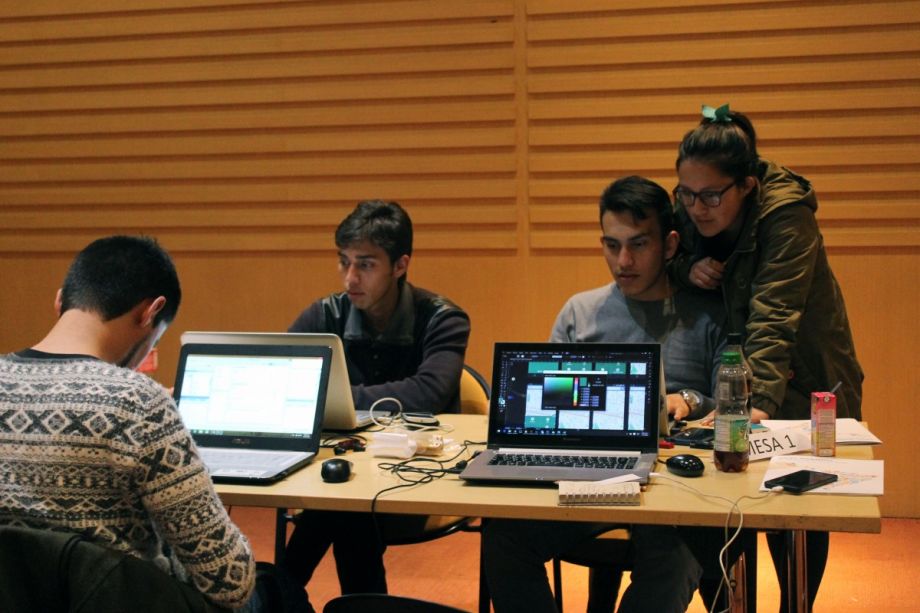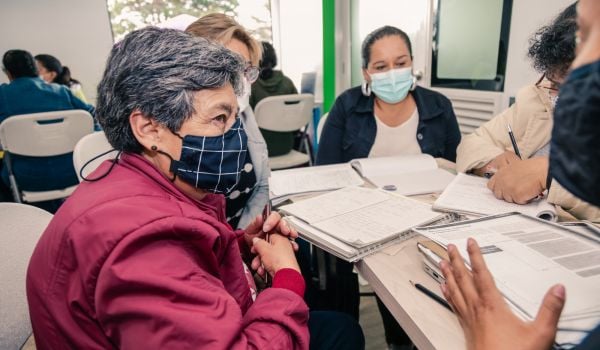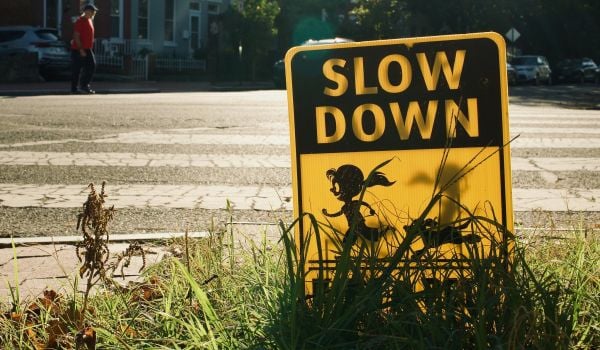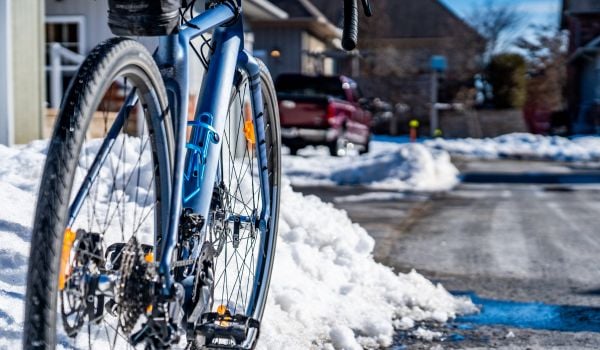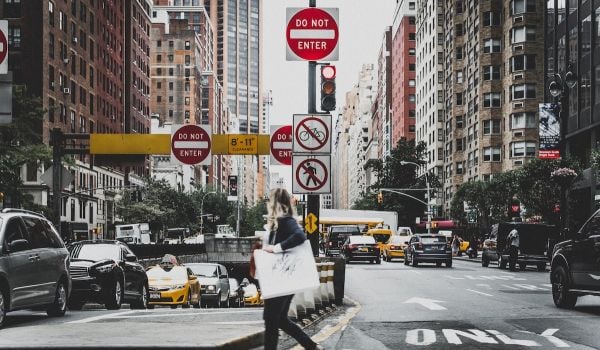“We are fed up with government hiding our information,” says Carlosfelipe Pardo, executive director of Despacio, an urban planning nonprofit in Bogota, Colombia. “You’re supposed to be able to get any data from the government. But … it takes three weeks, and then they submit it to you in a table in print version. We want to say, ‘we don’t care how you produce your information. We will make it public for you!’”
And that’s just what Despacio did last Saturday at a hackathon that showed the urban design power that can flow by getting creative with multiple streams of big data.
The Chamber of Commerce of Bogota, which is more economic think tank than business lobbying group, sponsored the event to look at mobility issues. They partnered with Despacio; the two have worked on projects before having to do with public space and mobility.
Despacio collected 5.7 gigabytes of data for the hackathon. Some of the data sets came from Transmilenio, Bogota’s rapid bus system. The Chamber of Commerce and Despacio contributed their own data sets too, from previous surveys. Other data sets came from the Secretariat of Mobility (though Pardo says getting them was a bit of a struggle).
Still another set came from think tank Bogota Como Vamos, which handed over data from surveys about how citizens feel and think about the city. The Urban Mobility Observatory of CAF, a Latin American development bank, also provided its survey data. They also gathered extensive shape files of the city for GIS mapping. (“There’s something positive in this godforsaken city,” Pardo says. “We have very good shape files.”)
The hackathon was organized to address a set of five issues predetermined by Despacio and the Chamber of Commerce. The Chamber of Commerce wanted to know why the rate of traffic fines was dipping without any improvement in road safety. They also wanted to know how to improve Transmilenio, specifically by figuring out what the optimum number of bus services would be. Transmilenio wanted to look into fare evasion and ineffective ticket transfer time windows. For the rest of the hackathon’s agenda, Despacio worked with the Secretariat of Mobility. The other issues were road safety and bicycle inclusion in planning.
“We had 52 participants, some people work in transport and others know very little about it, but they were all working to find solutions to the same problems,” says Natalia Lleras, Despacio’s research director. The event lasted 12 hours, with breakout teams formed to tackle the five chosen issues.
Despacio selected three winning proposals. The first was a map of Bogota divided into small squares. Each square reveals the main road safety problem in that area. “It was a way of breaking down a huge problem into manageable pieces,” explains Lleras. The road safety issues include deaths and injuries for cyclists. The analysis of the entire map shows that with greater urban density and more public transit, road safety overall improves.
Another winning proposal was an analysis using data from Transmilenio turnstiles and geographic income data to examine stations where the most people are evading fares. As Pardo predicted when we spoke before the event, the stations with the most fare evaders were not necessarily in the poorest neighborhoods. In fact, they included the station at the National University and the Santa Fe station, which is in a fairly wealthy area.
The third chosen proposal was for an application that would fill a demand for an app that shows real-time public bus location and arrival information. The app would use both GPS data from the buses and input from users who would be able to document the real arrival times of the buses.
Another proposal that Philip Verma, director of communication at Despacio, found particularly interesting would track the effectiveness of pieces of city infrastructure. For example, how good are traffic lights at improving road safety? Findings would rely on data on the numbers of incidents in an area, and also Yelp-style citizen reviews and comment on lights or intersections. This would allow residents to participate in transit planning on a granular level.
One team did an analysis that compared road safety to where the most tickets were given out. They found that most of the road safety issues were in the south but that most violations were given out in the north part of the city — and that most were parking tickets. They concluded that fines are ineffectively used to curb road safety issues. “We found that they’re used mostly for parking instead of running red lights or other things that could actually help,” says Lleras.
The Science of Cities column is made possible with the support of the John D. and Catherine T. MacArthur Foundation.

Zoe Mendelson is a journalist in Mexico City campaigning for a more chiller world. Her work has been featured on Fast Company, Buzzfeed, Untapped Cities and elsewhere.
Follow Zoe .(JavaScript must be enabled to view this email address)


